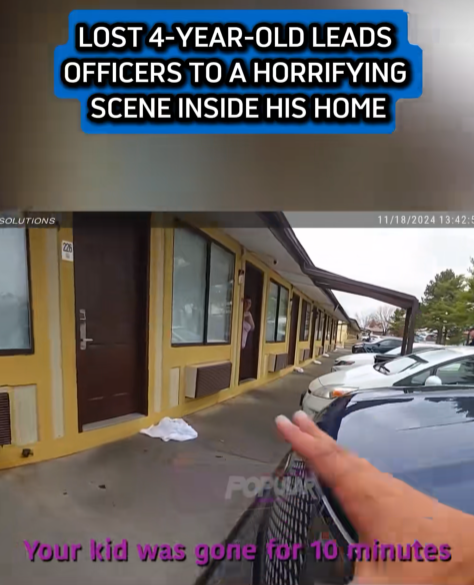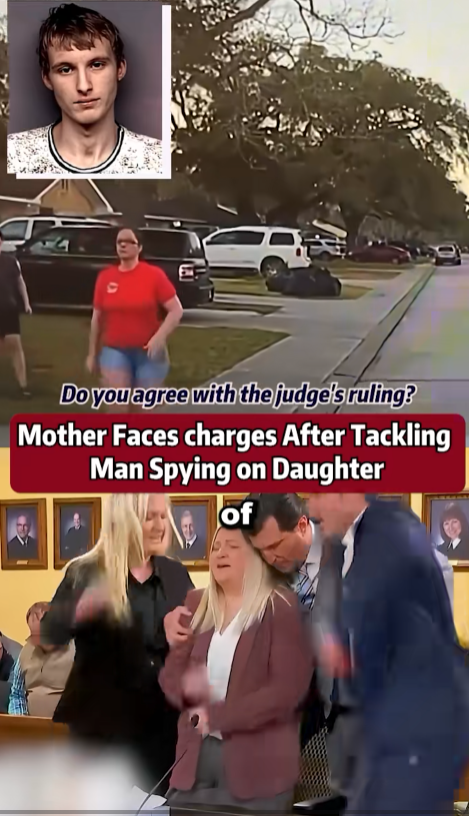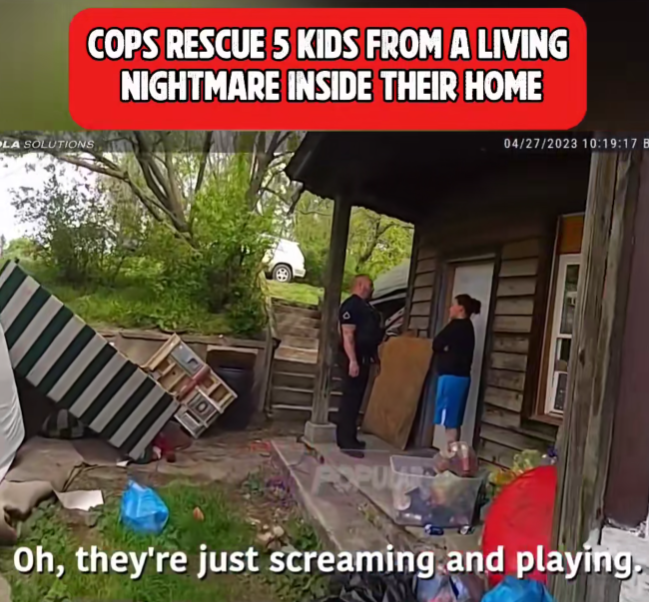“Officers Follow a Lost 4-Year-Old to His Home — What They Found Inside Shocked the Entire Department”
What began as a routine call for a missing child turned into one of the most disturbing discoveries officers had seen in years. A 4-year-old boy was reported wandering alone near a motel-style housing complex, wearing only light clothing despite the cold weather. Strangers in the area noticed immediately that the little boy appeared frightened, confused, and unable to explain where he lived. Worried for his safety, they contacted authorities.
When officers arrived, the child could only mutter short, fragmented sentences. But one thing became clear: he had wandered away from home without anyone realizing. After gaining a bit of trust, officers encouraged him to point out where he lived. What followed was a heartbreaking walk down a row of doors — and toward something no one expected.
The boy eventually stopped at a unit and pointed, signaling that it was his home. Officers knocked repeatedly but received no answer. Growing concerned, they entered the residence to conduct a welfare check, and the moment they stepped inside, the situation escalated from concerning to alarming.
The inside of the home was described as chaotic, unsafe, and completely unsuitable for a young child. Clothing, trash, and spoiled food covered nearly every surface. Officers reported strong odors, electrical hazards, and multiple unsafe items within reach of children. In one corner of the room, more signs raised immediate red flags: overturned furniture, open containers, and materials that suggested the child had been left unsupervised for an extended period of time.
Throughout the cluttered space, there was no sign of an adult. The officers’ body cameras captured the moment they paused, realizing the child had likely been on his own for much longer than the reported ten minutes. As they continued searching, they found additional indicators that the living conditions had been deteriorating for a long time.
When the child’s parent eventually returned, officers questioned them about the boy’s disappearance and the state of the home. The explanations given were inconsistent, and officers determined that immediate intervention was necessary to ensure the child’s safety.
Social services were contacted and arrived promptly. Authorities later confirmed that the child was placed in safe temporary care while an investigation began to determine what long-term steps needed to be taken. Detectives also joined the case to evaluate whether any violations had occurred and whether additional resources were required.
Neighbors later told reporters that they had occasionally seen the child outside alone but had never realized the extent of the problem. Many expressed sadness when they learned what officers had uncovered, saying they wished they had acted sooner.
Experts emphasize that situations like this are more common than many people realize. Often, community intervention is the first step in protecting children who do not have the ability to speak up for themselves. In this case, the willingness of bystanders to report a wandering child may have prevented something far worse.
As the investigation continues, one thing remains clear: the officers’ quick response and the child’s unexpected bravery in leading them home brought critical issues to light — issues that could have gone unnoticed for much longer.









